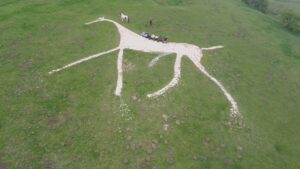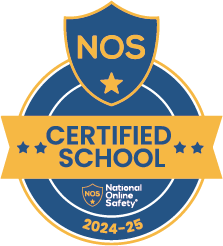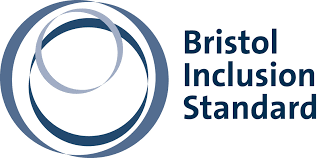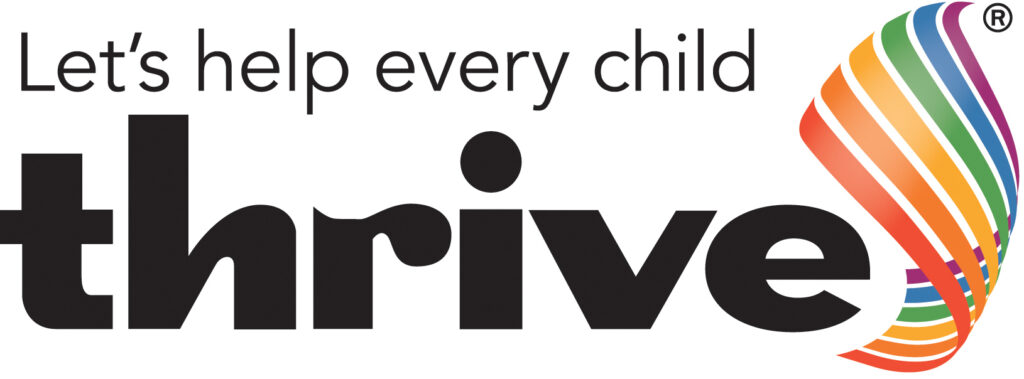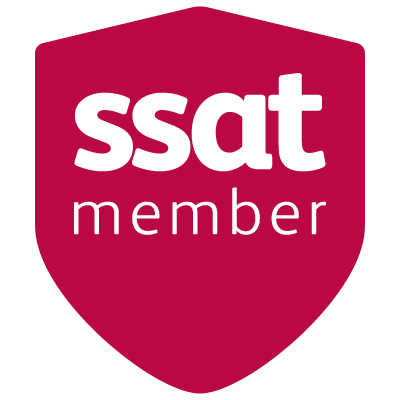North Star Academy Trust CEO Kaye Palmer-Greene explains how we can work together to not only support but embrace neurodiversity in schools…
Neurodiversity, far from being a mere diagnosis, is a rich tapestry of human cognition and behaviour. It encompasses a spectrum of conditions, each with its own unique set of challenges and strengths. As we delve deeper into understanding neurodiversity, it becomes evident that it’s not about deficits but about diverse ways of experiencing and navigating the world.
Understanding the Landscape
Statistics paint a vivid picture of the prevalence of neurodiversity among us. Approximately 1 in 28 individuals embody some form of neurodiversity. Within this spectrum, 1 in 8 may grapple with challenges like dyslexia or poor working memory, while 1 in 20 might face dyscalculia. Furthermore, developmental language disorders are on the rise, posing significant hurdles in the path of learning and development.
Shifting Perspectives
Traditionally, education has often adhered to a deficit model, viewing individuals with neurodiverse conditions through a lens of inadequacy or insufficiency. This perspective, however, fails to acknowledge the systemic barriers and socio-economic factors at play. Instead, it’s imperative to adopt a more holistic approach that focuses on nurturing strengths and accommodating differences.
Nurturing Neurodiverse Minds
Neurodiversity calls for a paradigm shift in educational practices. Recognizing that individuals with neurodivergent conditions may not fully develop their sensory systems underscores the importance of early intervention through play-based and sensory-rich curricula. Understanding the unique processing needs, such as allowing 20 seconds for information processing compared to the typical 6 seconds, is crucial in creating inclusive learning environments.
The Role of Educators
Teachers play a pivotal role in fostering an inclusive educational landscape. Incorporating an understanding of executive functions, particularly working memory, into lesson planning can unlock the potential of neurodiverse students. Predictability emerges as a cornerstone, providing a sense of security and structure.
Social communication lies at the heart of human interaction. Educators must address key areas such as receptive and expressive language, pragmatic skills, and speech sound difficulties. Adaptive teaching methodologies, coupled with open conversations about neurodiversity, create pathways for meaningful engagement and connection.
Embracing Diversity
Professor Amanda Kirby, a leading advocate for neurodiversity, emphasises that neurodiversity encompasses a myriad of conditions, each contributing to the rich tapestry of human experience. By embracing neurodiversity, we celebrate individual differences and cultivate environments where everyone can thrive. There are two key steps we can all take to change things for the better:
- Be Neuro-affirming: Affirm the diverse ways in which individuals process information and navigate the world.
- Open Conversations: Create spaces for open dialogue and understanding about neurodiversity, fostering empathy and acceptance.
Unlocking neurodiversity entails recognising and embracing the diverse ways in which individuals think, move, communicate, and process information. By championing inclusivity and celebrating differences, we pave the way for a more equitable and enriching educational experience for all.


